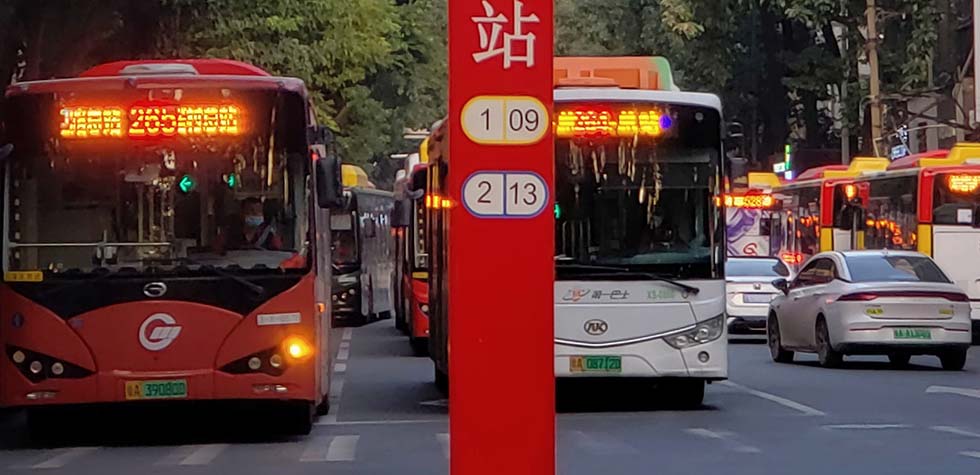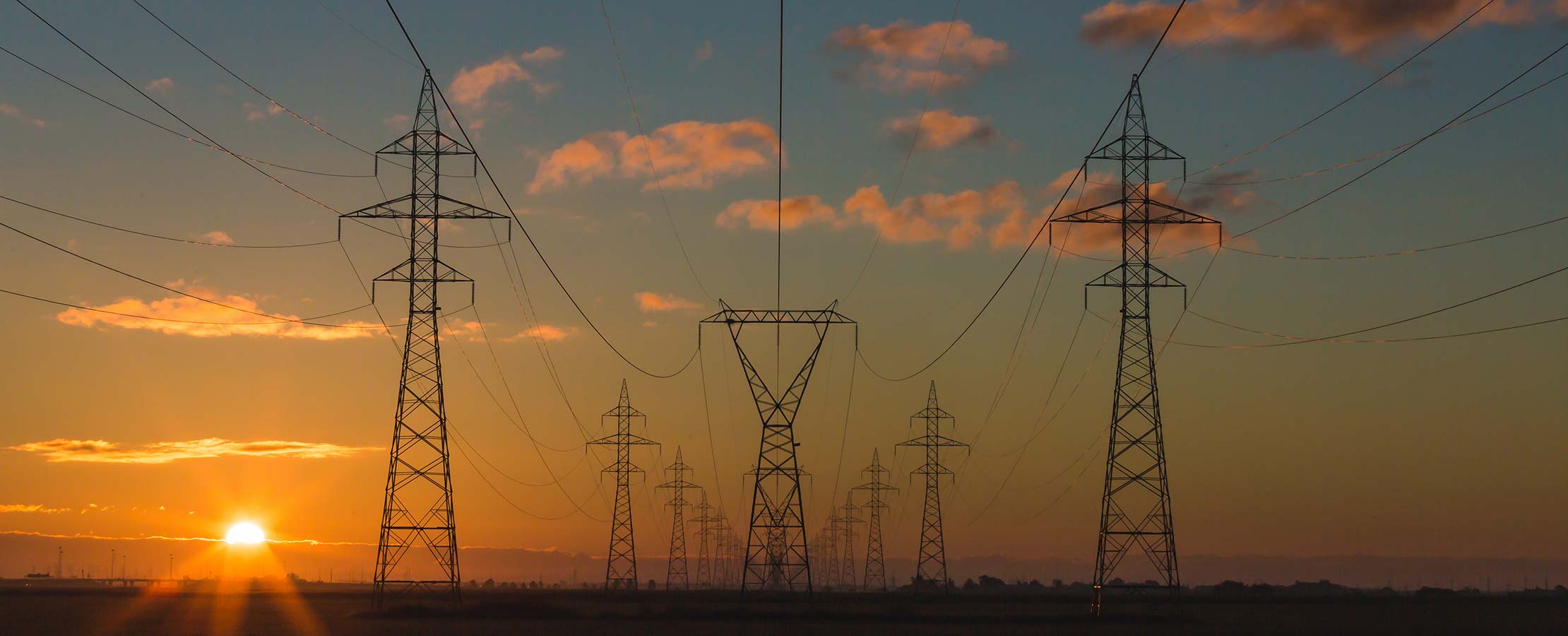Four Ways Energy Access Will Drive the UN's Sustainable Development Goals
Among the United Nations' 17 Sustainable Development Goals, number 7 focuses on ensuring access to sustainable, cleaner energy. But achieving this goal is not just an end in itself – the impact of improving our energy systems will be felt right across the SDGs.
In 2016, the United Nations (UN) set 17 Sustainable Development Goals (SDGs), a bold vision for change to be realized by 2030. From ending hunger to building resilient infrastructure, the goals provide ‘a shared blueprint for peace and prosperity for people and the planet'.
As part of the goals, the UN placed high importance on ensuring access to affordable, reliable and sustainable energy for all. That aim is explicitly enshrined in SDG 7 – but in reality, a worldwide transition to affordable and sustainable energy underpins and supports almost all of the SDGs.
Access to energy reduces poverty
The energy transition will help alleviate poverty – SDG 1. The UN estimates 759 million people worldwide have no access to electricity. Although electricity access has been improving, the pandemic has threatened progress.
With rising fuel prices, more people are also at risk of being unable to afford energy to heat and light their homes. This can lead to low productivity and poor health, and affects people across the globe – in Europe, up to 125 million people are unable to afford to heat their homes.
Research shows that investment in sustainable, accessible energy can reduce energy poverty and drive economic growth.
Energy is essential to promoting health and wellbeing
It's not just financial health that can benefit: SDG 3 – ensuring healthy lives for everyone – won't happen without reliable energy. Take vaccines, which require refrigeration on the journey from factory to clinic and during storage. Without a functioning cold chain, vaccines lose potency. But right now, in Africa, only one in four primary healthcare facilities has electricity. This puts lives at risk, particularly in rural areas. And it is a deadly mix when warming temperatures are also widening the breeding zones of vectors that carry tropical diseases like malaria, as the climate gets wetter and warmer.
Poor energy access also poses a threat to health in the home. A third of the global population doesn't have access to clean cooking fuels, leading to a multitude of health risks. The World Health Organization (WHO) has linked 3.8 million deaths annually to household air pollution.
Providing safe, reliable energy would help prevent illnesses and deaths, saving millions of lives.
Tackling our energy crisis will also have a knock-on effect for SDG 6, access to clean water. Right now, 2.3 billion people live in water-stressed areas, and water scarcity will only increase as the climate warms. Less energy-intensive water management will help to alleviate the knock-on effects of climate change – for example, decentralized, renewable energy production can offer additional benefits when combined with freshwater management and food production.
Energy access reduces inequality
Only 57 percent of upper secondary schools have access to electricity in sub-Saharan Africa. Without electricity to power light, heating and IT systems, children's access to knowledge suffers and future earning potential is lost, threatening SDGs 4 and 5 – quality education and gender equality.
We can't hope to close the digital divide that separates those who can access computers and the internet, and those who cannot, if we cannot power the IT infrastructure that grants such access.
Nations cannot grow without energy equality
It's not just individuals who suffer from poor energy access. Expanding sustainable energy will create wider employment – 10.3 million jobs – driving economic growth.
The area is also ripe for innovation – research shows that sustainable energy polices drive innovation, creating more sustainable businesses and employment.

This innovation is particularly important in cities, which consume 78 percent of the world's primary energy. Poorly designed cities only increase the need for energy: urban heat islands mean more people rely on air conditioning; while improper city planning and funding means half the world's urban population have no access to energy-saving public transport.
Designing more resilient cities – part of SDG 11 – and using renewable energy will help to reduce our energy footprint and reach net zero.
Safer, cleaner energy must happen soon
In September 2021, the UN General Assembly brought together 130 global leaders for a High-level Dialogue on Energy – the first in 40 years. The meeting resulted in concrete milestones backed by US$400 bn in finance and investment. This is a vital step, because we're not currently on track to meet SDG 7's 2030 goal deadline.
Energy inefficiency in one part of the world can affect health and wellbeing across the globe. That's why we must work together as a global community to ensure that affordable, reliable and sustainable energy is not just the preserve of wealthy nations. From sprawling Manhattan to rural Bangladesh, everyone must benefit from the energy transition.






